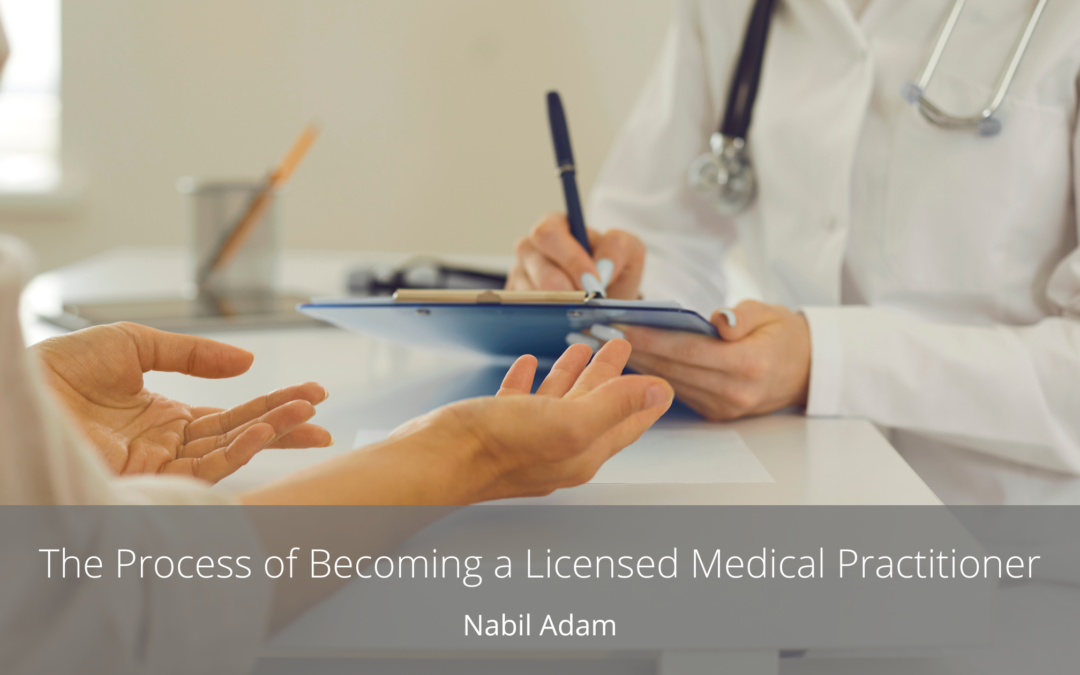Becoming a licensed medical practitioner is a rigorous and rewarding journey that requires years of education, training, and commitment. It’s a process designed to ensure that healthcare professionals have the necessary knowledge, skills, and qualifications to provide safe and effective care to patients.
Obtain a Bachelor’s Degree
The first step towards becoming a licensed medical practitioner is to complete a bachelor’s degree. While no specific major is required, most aspiring medical professionals pursue a science-related field, such as biology, chemistry, or pre-medicine. It’s crucial to maintain a solid academic record during this phase, as admission to medical school is highly competitive.
Complete Medical School
After obtaining a bachelor’s degree, the next step is to attend medical school. Medical school typically lasts four years and consists of classroom instruction and clinical rotations. Students learn about various medical specialties, anatomy, physiology, pharmacology, and patient care during this period. Medical school involves rigorous coursework, examinations, and practical training to prepare students for their future roles as medical practitioners.
Residency Program
After completing medical school, aspiring medical practitioners must participate in a residency program in their chosen specialty. Residency programs typically range from three to seven years, depending on the thing. During this time, medical practitioners work under the supervision of experienced physicians, gaining practical experience and honing their clinical skills. Residency programs provide hands-on training and exposure to various medical conditions, allowing practitioners to develop expertise in their chosen fields.
Obtain a Medical License
To practice medicine legally, medical practitioners must obtain a medical license. The process of getting licensed varies by country and state. In the United States, medical licensure is regulated by individual state medical boards. The requirements typically include passing the United States Medical Licensing Examination (USMLE) or a similar licensing examination, completing a specified number of residency training hours, and meeting any additional state-specific criteria.
Specialty Board Certification
While not mandatory, many medical practitioners pursue specialty board certification to demonstrate their expertise further and enhance their professional credentials. Specialty board certification involves passing a recognized medical board examination in the practitioner’s chosen specialty. It signifies a higher level of knowledge and competency in the respective field and can provide a competitive advantage in the job market.
Becoming a licensed medical practitioner requires significant time, effort, and dedication. The journey involves years of education, training, and practical experience. However, the opportunity to positively impact people’s lives and contribute to the healthcare field makes it a fulfilling and worthwhile pursuit.

